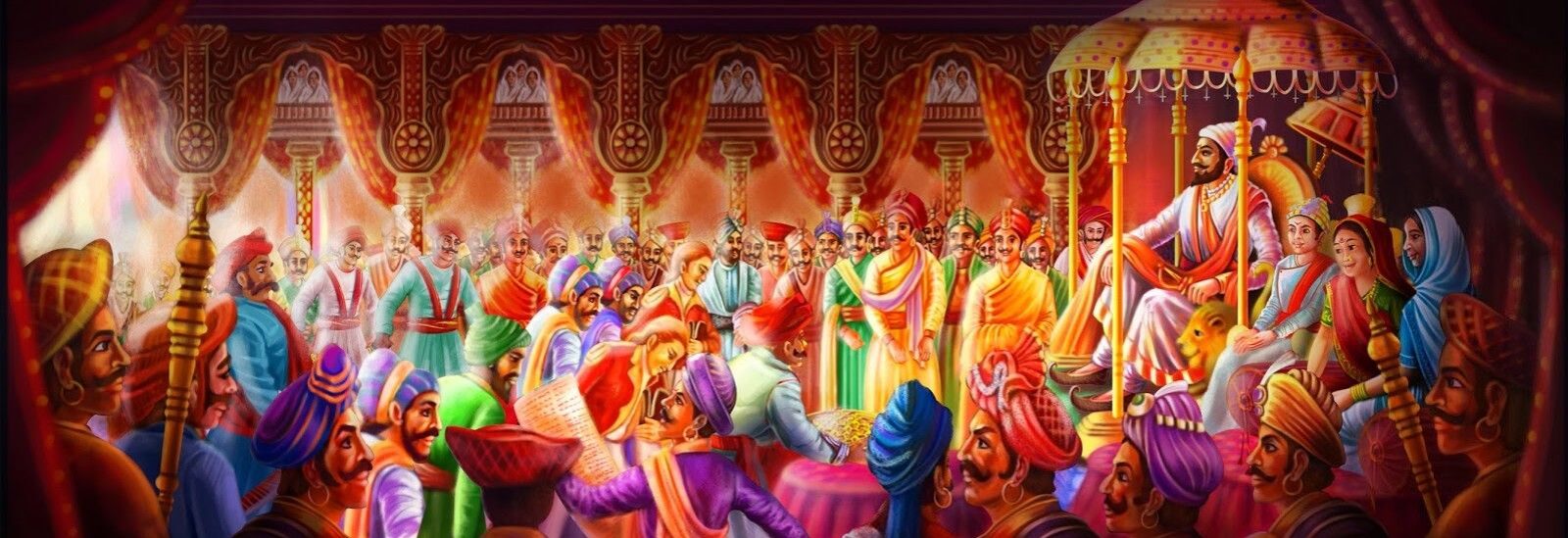Rupaya:
At that time, gold hons and silver rupaye were prevalent in the southern provinces. So hon was the main coin and silver rupaye were considered as supplementary coins. On the contrary, in the Northern Provinces, silver rupaye were considered as the main coins, while gold mohars were considered as supplementary coins.
Shivarai and Sajgaani:
Shivarai was made of copper. On one side of the Shivarai, ‘Shri Shivraj’ was engraved and on the other side, ‘Chhatrapti’. It weighed 10/12 tolas. Shivrai was in circulation till the end of the 19th century and by then 150 varieties of Shivrai had come into existence. Shivarai is a small value coin of Swarajya. The price of Shivarai should be about one paisa. Sajgaani and Shivarai were two different coins of the same value in circulation in Swarajya.
Pagoda:
A pagoda is usually made of gold. This coin was struck by a Dutch factory.
Dhabu:
Dhabu was a 2 paise coin. It is produced in Taksal at Raigad. It weighed 22 fish.
Laari:
The Laari coin was minted in a city called Laar in Iran, so it was named Laari. Later, the name of the taksal in which the laari was dumped was given before the name of the laari. For example, the Laaris dumped in Dabhol taksal came to be called ‘Dabholi Laari’ and the Laaris dumped in Chaul taksal came to be called ‘Chauli Laari’. Laari is made of silver and is long like a pin to be applied to the saree. A laari of twelve copper shivrai or six dhabu. This means that one laari should cost approximately 12 paise.
Rooke:
Rooke was also a copper coin. 48 rooke is 1 takka. 6 Rookas means 1 Shivarai or 1 Sajgaani.
Takka:
Takka was a silver coin.


Pingback: Business Strategy (Part II – Currencies – Hon) - Chatrappati Blogging
Pingback: Business Strategy (Part I) - Chatrappati Blogging
Pingback: Business Strategy (Part IV – Comparison of Hon with other currencies) - Chatrappati Blogging
Pingback: Business Strategy (Part V) - Chatrappati Blogging